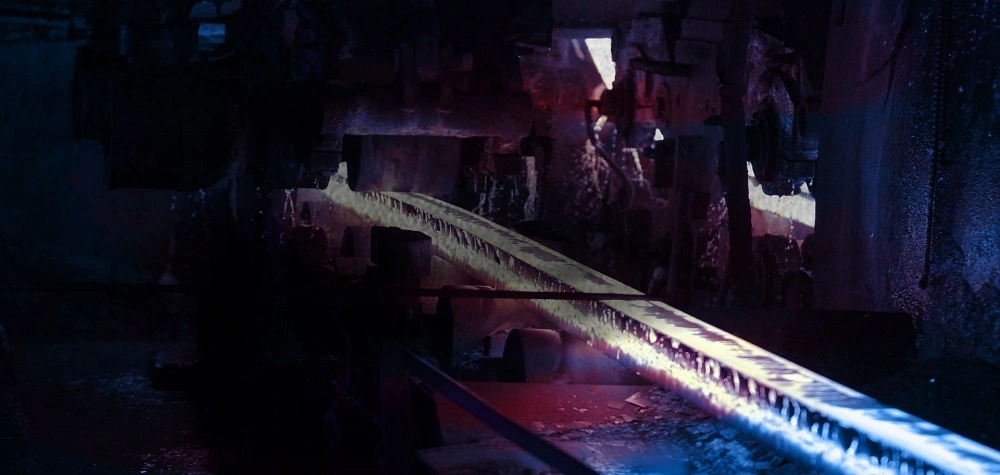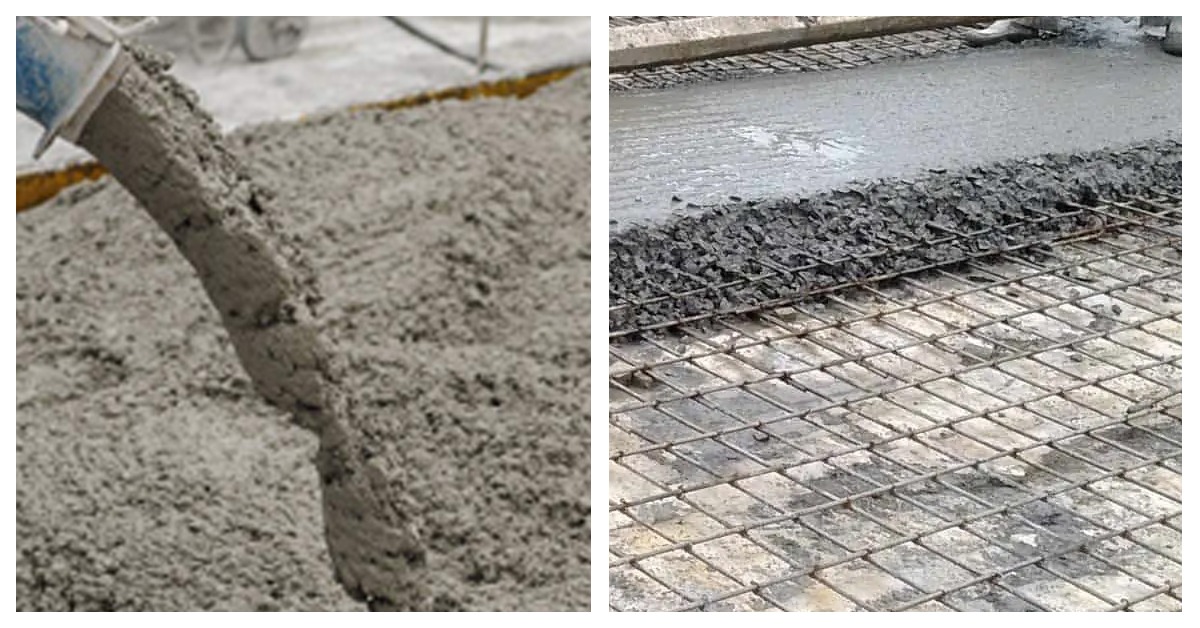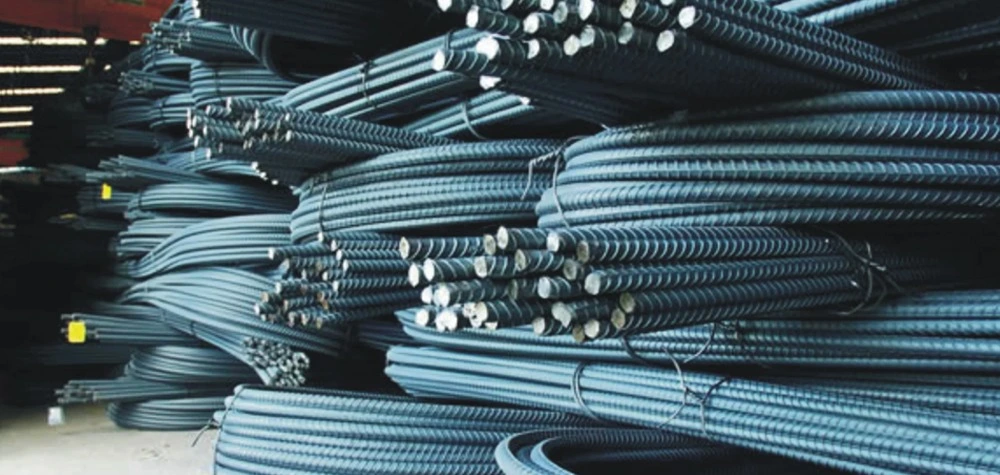Demystifying Manufacturing Process of TMT Bars

Before we begin, let’s get a brief knowledge about TMT Bars. Well, for starters, these bars are manufactured through a process called Thermo mechanical processing, where mechanical and thermal processes are combined to form high-quality rebars. This is done to determine how strong and flexible the product is by involving stages like water quenching, heat treatments, rolling, and atmospheric cooling. The quality of the bar is then determined upon the quality of raw materials, rolling mills that give out its shape and the system used for tempering and quenching the product.
Process of Manufacturing
The raw materials that are used to manufacture TMT Bars are Coal, Dolomite and Iron Ore. Firstly, the three materials are mixed together in equal proportions, and the metal fines present in the materials are gathered together to shape the pellets and sinter to increase efficiency. While that happens, coal is turned into coke and are all together added into the furnace along with limestone to melt. During this process, the impurities present in the limestone also get separated.
Finally, the furnace combines the oxygen with the carbon present in iron to eliminate CO2 (Carbon Dioxide), which is also known as pre-treatment of the initial product. After that, the molten steel is passed through an electric arc furnace, where liquid steel flows into the casting ladle, and from there it is dropped into a cooling mould to solidify.
TMT (Thermo Mechanical Treatment)
- ✓ Quenching: Once the mill releases hot-rolled bars, they enter the Thermex System, where the bars are cooled down with the help of high-end technologies to ensure ductility in the product. This process helps to harden the outer layer of the bar while keeping the inside core hot.
- ✓ Tempering: As the inside core still remain hot after the quenching process, it is kept aside for the heat to flow to the surface, causing create an outer layer structure called Tempered Martensite.
- ✓ Cooling: Finally, the bars are sent out for atmospheric cooling, which is done by placing them on cooling beds at room temperature. During this process, the core forms a two-layered structure, making the outer layer of the TMT Bar a high-quality ductile product. At the same time, it also helps in increasing its tensile strength.
ARS Steel
While the whole process of manufacturing is intense and requires a good amount of experience and knowledge, there are only a few industries out there that carefully focuses on the process to ensure high-quality TMT Bars. One of which is the ARS Group of Steel, an industry that was established in the late nineties to become one of the top steel manufacturing hubs in South India. Although their main focus was on Tamil Nadu, they’ve now grown to a level where they plan to expand their company abroad.
Thanks to the upgraded 25MT furnace, which has a capacity to produce 2,50,000 MTPA, the TMT 550D Steel Bars created are highly resistant to climatic disasters, as well as corrosions, and includes the right proportion of chemical properties needed to obtain a premium quality. They’re quite cost-efficient due to the ductility present in them, which results in less consumption of bars, and reduced labour.



